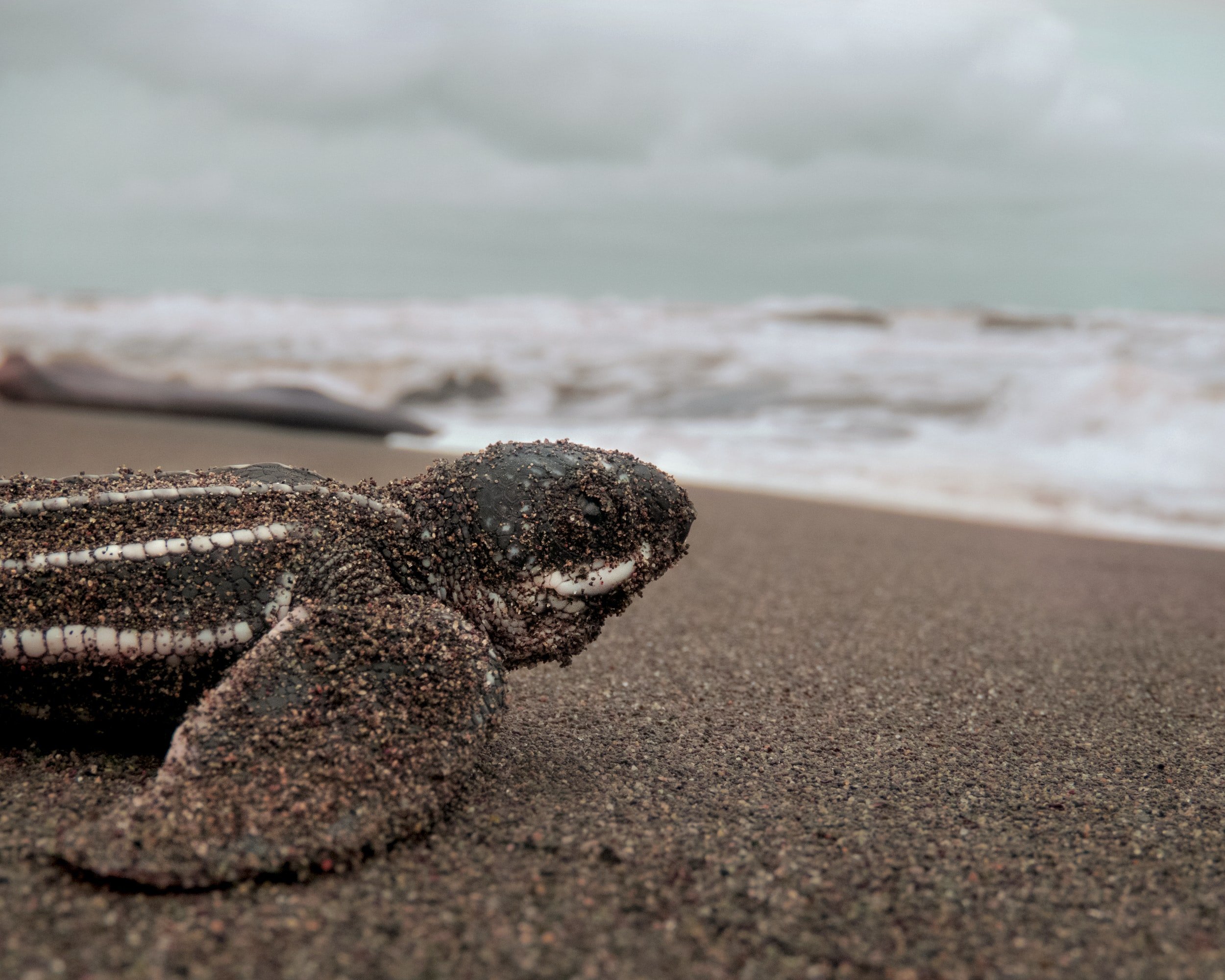Costa Rica Journal: Leatherback in Parismina
Around 1:45 this morning, the group and I found a leatherback sea turtle (Dermochelys coriacea) on the beach in Parismina. It was covering a recent nest, shovelling sand with its flippers.
With the light of a red headlamp, we watched as the turtle shuffled from the pit. It lumbered about the shore, zigzagging to obscure its path and conceal its eggs' location (Burns et al., 2020). After reaching the water, it paused in the surf. Then, it slid through the froth and disappeared into the sea.
To protect the offspring from predators and poachers, the eggs were uncovered and moved to a hatchery: we used a large bag to transport the clutch, lifting the handles with a stick. Only one in 1,000 sea turtles will survive to adulthood (Elliott, 2014). Today, 74 eggs were laid, and they'll remain sheltered in the hatchery for 2 months.
References
Burns, T. J., Thomson, R. R., McLaren, R. A., Rawlinson, J., McMillan, E., Davidson, H., & Kennedy, M. W. (2020). Buried treasure—marine turtles do not ‘disguise’ or ‘camouflage’ their nests but avoid them and create a decoy trail. Royal Society Open Science, 7(5), 200327. https://doi.org/10.1098/rsos.200327
Elliott, B. (2014, September 29). Creature feature: Leatherback sea turtle. Oceana. https://usa.oceana.org/blog/creature-feature-leatherback-sea-turtle
Rae, A. (2015). Leatherback sea turtle [Photograph]. Wikimedia Commons. https://commons.wikimedia.org/wiki/File:Leatherback_Sea_Turtle_(17665415746).jpg
This image is licensed under CC BY-SA 2.0.
